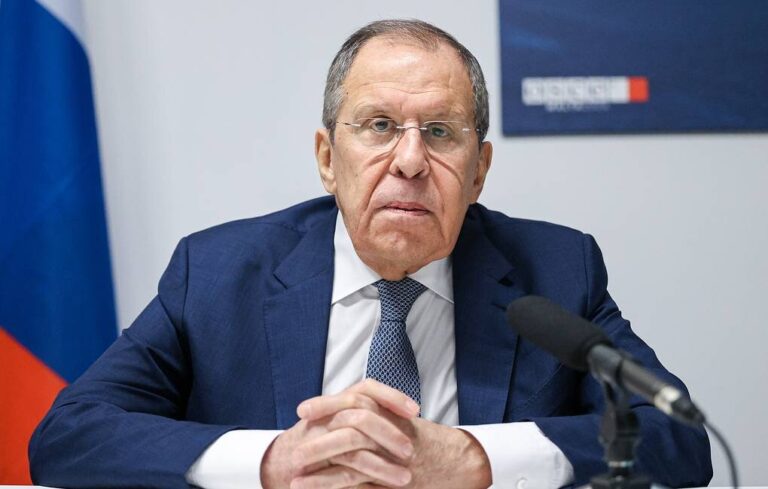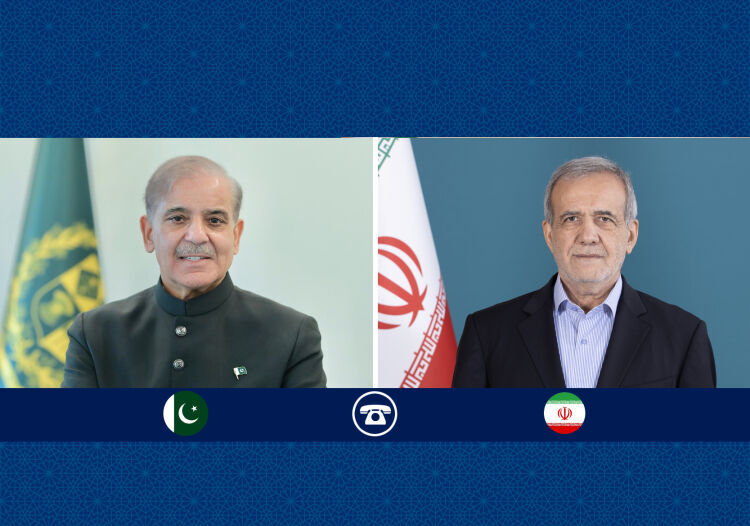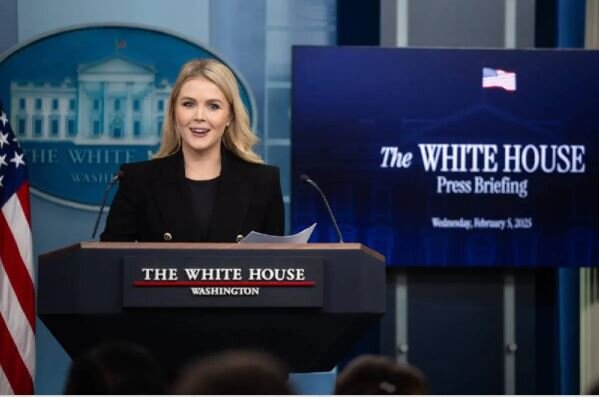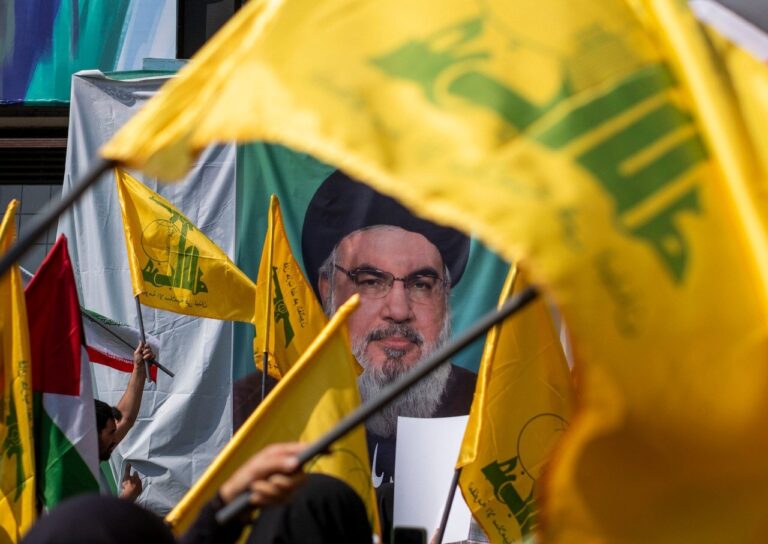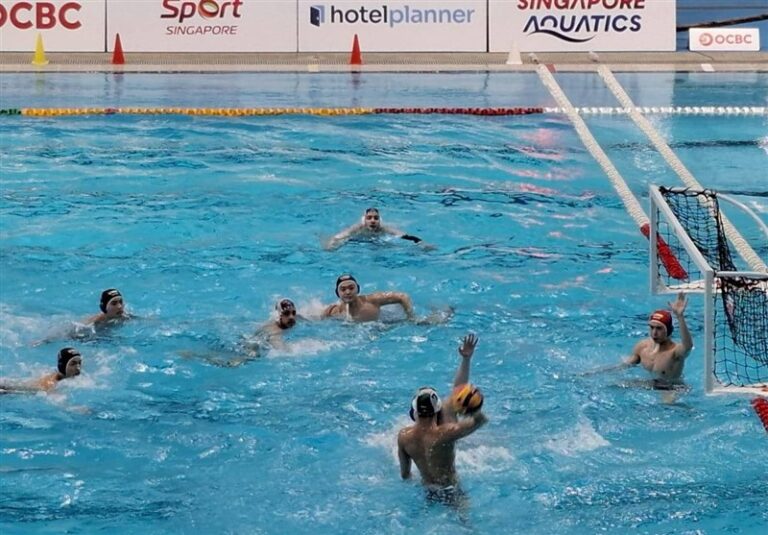IAEA Chief Grossi Set to Visit Iran This Wednesday, Confirms Deputy Foreign Minister
In a significant development for international relations, the IAEA chief is set to visit Iran this Wednesday. This visit aims to strengthen ongoing interactions and cooperation between Iran and the International Atomic Energy Agency (IAEA).
Upon arrival, the IAEA chief will engage in high-ranking discussions with key Iranian officials, including:
- Abbas Araghchi – Foreign Minister of Iran
- Mohammad Eslami – Head of the Atomic Energy Organization of Iran (AEOI)
This trip is crucial for enhancing diplomatic ties and addressing nuclear safety and regulatory matters between the two entities. The visit underscores the commitment of both Iran and the IAEA to maintain a dialogue aimed at ensuring peaceful nuclear energy use and compliance with international agreements.
Objectives of the IAEA Chief’s Visit
The primary objectives of the IAEA chief’s visit to Iran include:
- Strengthening cooperation on nuclear safety and security measures.
- Discussing the implementation of the Comprehensive Safeguards Agreement.
- Enhancing transparency regarding Iran’s nuclear program.
- Facilitating dialogue on regional security issues related to nuclear proliferation.
Through these discussions, both parties aim to foster a constructive atmosphere that can lead to fruitful outcomes in nuclear governance and regional stability.
Background of Iran-IAEA Relations
The relationship between Iran and the IAEA has been complex, often marked by tensions and negotiations. However, recent efforts have focused on building trust and ensuring that Iran’s nuclear activities remain peaceful. This cooperation is vital not only for Iran but also for global nuclear non-proliferation efforts.
The IAEA, as a UN-affiliated agency, plays a critical role in monitoring nuclear programs worldwide, ensuring compliance with the Treaty on the Non-Proliferation of Nuclear Weapons (NPT). Iran’s adherence to its obligations under this treaty is a focal point of the ongoing dialogue between Tehran and the IAEA.
Significance of High-Ranking Talks
The high-ranking talks scheduled during the IAEA chief’s visit are expected to cover several significant topics:
- Verification Activities: Discussing the IAEA’s verification mechanisms to ensure Iran’s nuclear program is used for peaceful purposes.
- Future Collaborations: Exploring potential areas for future collaboration in nuclear science and technology.
- Regional Stability: Addressing the implications of nuclear developments on regional peace and security.
These discussions are essential for fostering mutual understanding and cooperation between Iran and the IAEA, with the aim of enhancing the overall security architecture in the region.
Potential Challenges Ahead
While the visit signifies a positive step towards enhanced cooperation, several challenges may arise:
- Political Tensions: Ongoing political tensions between Iran and Western nations could affect the outcomes of the talks.
- Public Perception: The perception of the IAEA’s role in Iran can influence public opinion and governmental policies.
- Compliance Issues: Ensuring that Iran complies with its nuclear obligations remains a complex issue that requires careful navigation.
Despite these challenges, the IAEA chief’s visit represents a renewed commitment to dialogue and cooperation in the realm of nuclear governance.
Conclusion
In summary, the upcoming visit of the IAEA chief to Iran marks a pivotal moment in international relations concerning nuclear safety and security. With high-level talks planned with key Iranian officials, this trip aims to enhance cooperation, address compliance issues, and foster a constructive dialogue for the future. The outcomes of this visit could have lasting implications for both Iran and the broader international community in the realm of nuclear non-proliferation and security.
As the world watches closely, this visit could set the stage for more robust engagements between Iran and the IAEA, ultimately contributing to a safer and more stable global environment.

